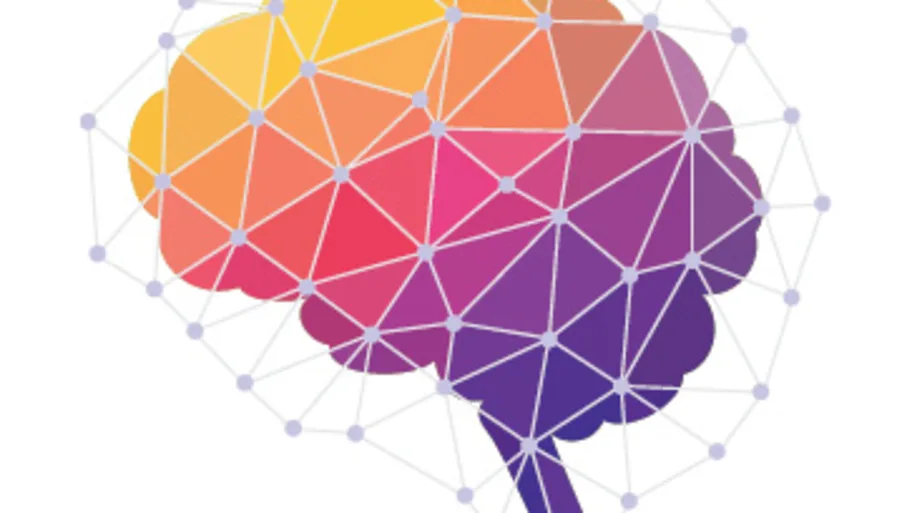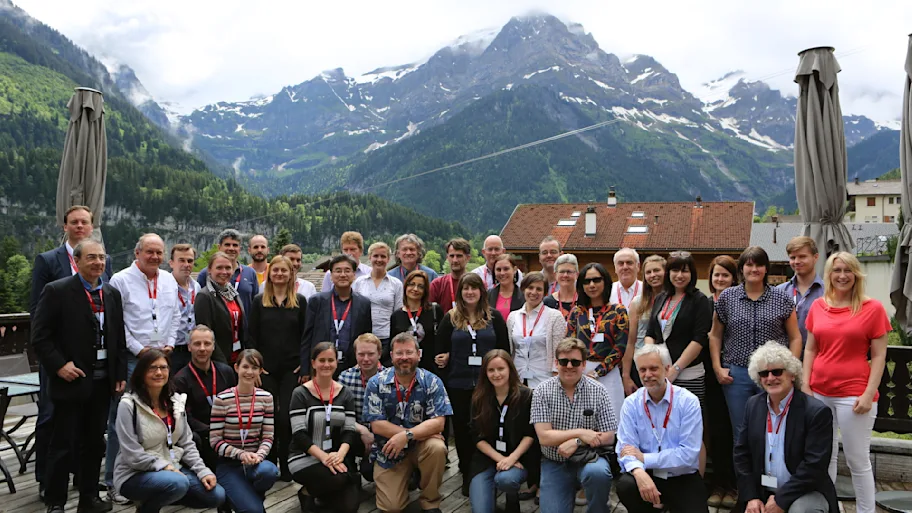
- Science news
- Neuroscience
- VIDEO: Scientist views the human brain as a scientific adventure
VIDEO: Scientist views the human brain as a scientific adventure
Frontiers Science Hero: Egidio D’Angelo from Frontiers on Vimeo.
For Prof. Egidio D’Angelo the brain provides many challenges that are waiting to be resolved, but for him it is like going on an adventure. “In many parts of the brain, you follow a track that moves from cellular and molecular properties up to microcircuit and into the complexity of brain connectivity. Investigating the brain is an adventure that, for a scientist, means connecting the lower level to the higher level of brain functioning. This is one of the most rewarding and interesting aspects of my work,” he said.
D’Angelo has been a Professor of Physiology at the University of Pavia in Italy since 2006. He is teaching Physiology, Neurobiology and Neuroscience. D’Angelo is also the Specialty Field Chief Editor of Frontiers in Cellular Neuroscience, a multidisciplinary open-access journal devoted to better understanding the cellular mechanisms underlying the functions of the cells composing the nervous system across all species.
D’Angelo and his team started by investigating the synaptic properties of the mossy fiber – granule cell synapse of cerebellum, with particular regard to the functional role of NMDA receptors. One of his research highlights includes the investigation of the cellular physiology of neurons of the cerebellum, as the granule cells of the cerebellum are the most numerous neurons of the brain. “They have special properties, both for their biochemical and biophysical organization and their possible function in the brain,” D’Angelo said.
How the story began
The story began in 1990 when D’Angelo was in England. “I was studying those neurons at the University of Liverpool and we were the first to open the field of granule cell physiology in a special preparation, the cerebellar slice, in which neurons maintain their natural connectivity inside the local microcircuit,” he explained. “That was a really interesting challenge. The main point of the research was the NMDA receptor. After building on these, we moved over to other fields such as synaptic transmission, synaptic plasticity.”
As their research developed, D’Angelo and his team shifted their focus to the field of electro-responsiveness. This field looks at the way the neurons make their spikes (the signals generated by neuros) that are then communicated to other neurons. Following that he moved into the field of modeling. “I looked at how these spikes are generated based on the properties of ionic channels and receptors in the neuron. The story started to grow and grow. Now I am looking at how the whole network is embedded into the brain; I am moving into the fields of robotics, MRI and connectomics,” D’Angelo stated.
The importance of brain research
This research is important for several reasons. One reason is that the cerebellum is a core structure for regulating sensory motor coordination for learning and cognition. This is in fact a new achievement of understanding that has just occurred within the last year D’Angelo says. The cerebellum is also important in order to organize the way the brain manipulates objects — not just the physical objects, but mental objects meaning thoughts.
The ultimate goal for D’Angelo would be to reconnect the cellular molecular level to the integrity level. “In the beginning I spent years studying the neurons, molecules, cells and synapses. Now I realize quite clearly that it is not enough. Without having an understanding about how the whole mechanism inside the brain works, it is hard to understand any elementary mechanism itself,” he said.
According to D’Angelo, there is so much we still do not know. “We do not know why the specific molecules are there or why they are of that kind or why the neurons are made in the way they are. We have to see them inside the whole system,” he said. This requires advancement on the technology front as recording an active neuron in the brain is difficult he says, and even more difficult, is recording activity from many neurons simultaneously.
There is a struggle for new techniques based on advanced electrophysiological and optical methods. In this stream D’Angelo and his group have recently realized an innovative two-photon microscope that is capable of resolving the activity multiple single neurons simultaneously. “This is a critical step between detailed single neuron investigations and the reconstruction of microcircuit activity as a whole” D’Angelo said.
Future brain research
In addition to his teachings at university D’Angelo is also taking part in the Human Brain Project. It is a great opportunity says D’Angelo because the goal of the project is about having the neurons transformed into realistic models and reconnected into the networks of the brain. “That is one of the greatest opportunities they have,” he said. This project will face the need of realizing extensive implementations of artificial brain circuits. “Reconstructing a neuron model from data obtained in vitro is currently a complex matter. It takes years and years of work. The Human Brain Project will provide a modeling framework that will accelerate this process tremendously,” D’Angelo said.
The project of making robots is another field D’Angelo is engaged in through a Politecnico di Milano and the University of Granada collaboration. “I am beginning to put these realistic neuronal networks into robots. In this process, the neuronal properties have been transferred into models, which then have been elaborated in order to run in the control system of robots,” D’Angelo announced. “We can see the neurons running inside a behaving system in close-loop, which is the essential step towards understanding how the neuron works in the brain.”
Finally, through a UCL in London and the IRCCS Mondino Neurological Institute in Pavia collaboration, D’Angelo is facing a critical issue using high resolution MRI and TMS technologies: how the cerebellum is connected and operates into large-scale brain networks during specific sensori-motor and cognitive processes. This also requires understanding the relationship between cerebellar microcircuit activity and the BOLD signal, a fundamental issue that is being developed in collaboration with the Fermi Center of Rome, and that will ultimately reconnect to cerebellar modeling.
Patience is essential
In addition to the tremendous extension and expansion of Neuroscience, scientists who work on neurons, cells, molecules need to focus, patience, and most of all, excellent collaborations.
“Conceptually the work is not difficult for me to manage, but it is difficult to manage the complexity of activities. This requires having good collaborators and infrastructure. My organization is critical,” he said. “At a certain level, science is made up of scientists and organization. If one of the two is missing, we cannot do science.”
You can follow the work of Egidio D’Angelo on the Frontiers Research Network.






